Connecting Science and Society
Making Complex Science Accesible to All
Follow Us

Medical & Health Sciences Latest
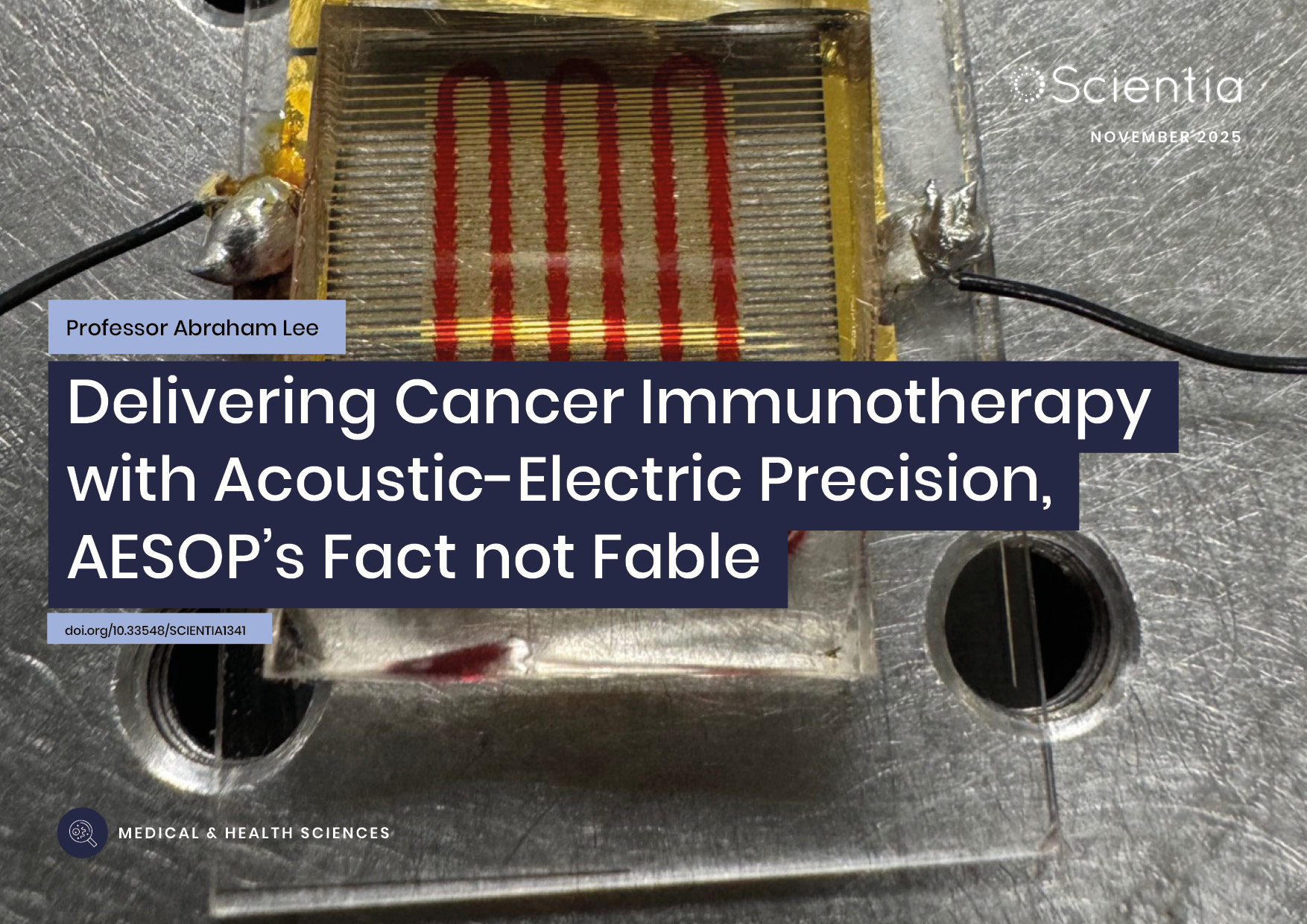
Professor Abraham P. Lee | Delivering Cancer Immunotherapy with Acoustic-Electric Precision, AESOP’s Fact not Fable
Article written by Joseph Earley, PhD ^ Fontana dell’impero, Brindisi. © Domenico Simone Tucci.Chimeric Antigen Receptor (CAR) T-cell therapy offers life-saving potential, particularly against blood cancers, but severe...
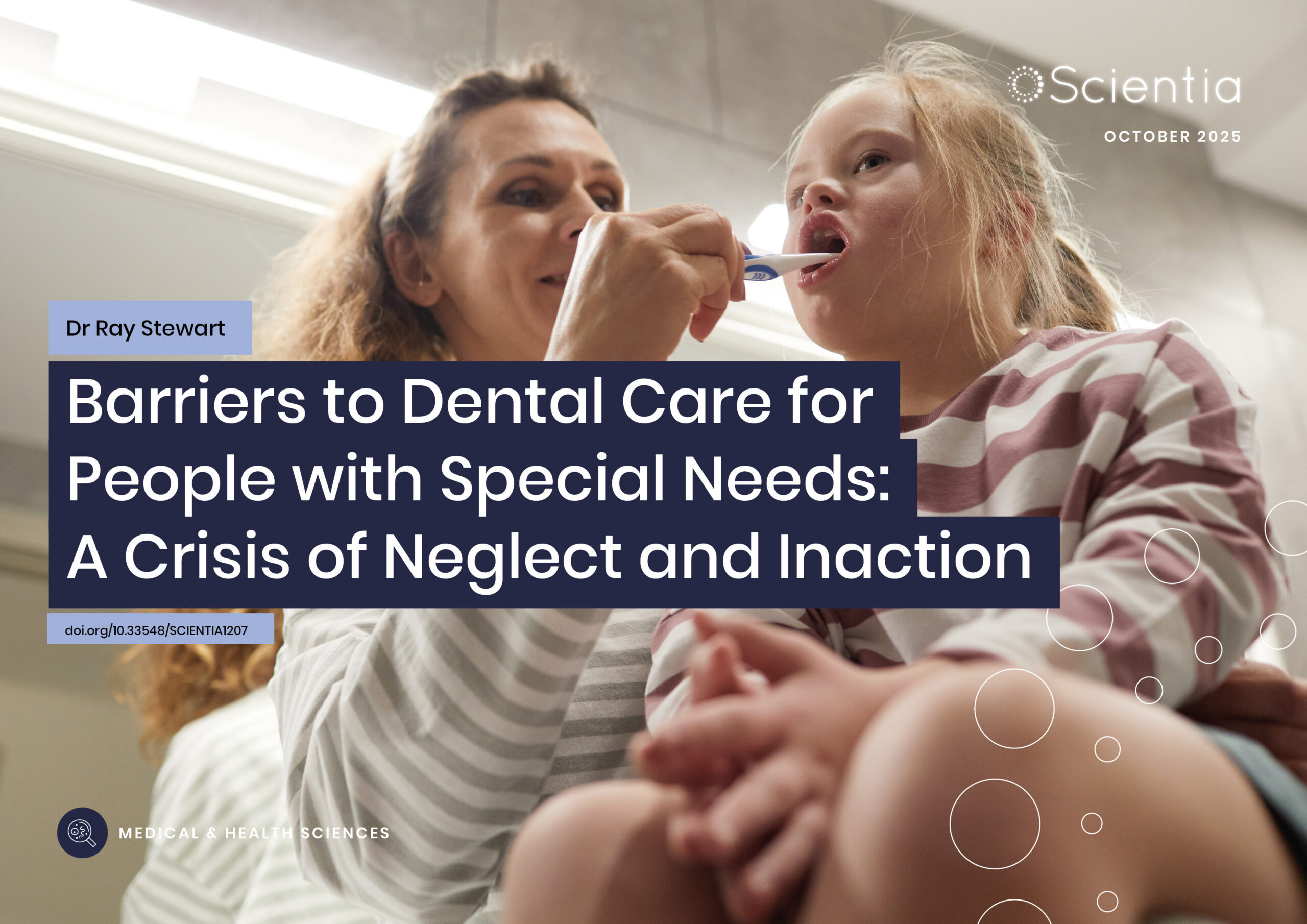
Dr Ray Stewart | Barriers to Dental Care for People with Special Needs: A Crisis of Neglect and Inaction
AArticle written by Helen Rickard, PhD^ Fontana dell’impero, Brindisi. © Domenico Simone Tucci.For people with special healthcare needs, something as basic as visiting a dentist can be nearly impossible. A ground-breaking paper by researchers at the University...
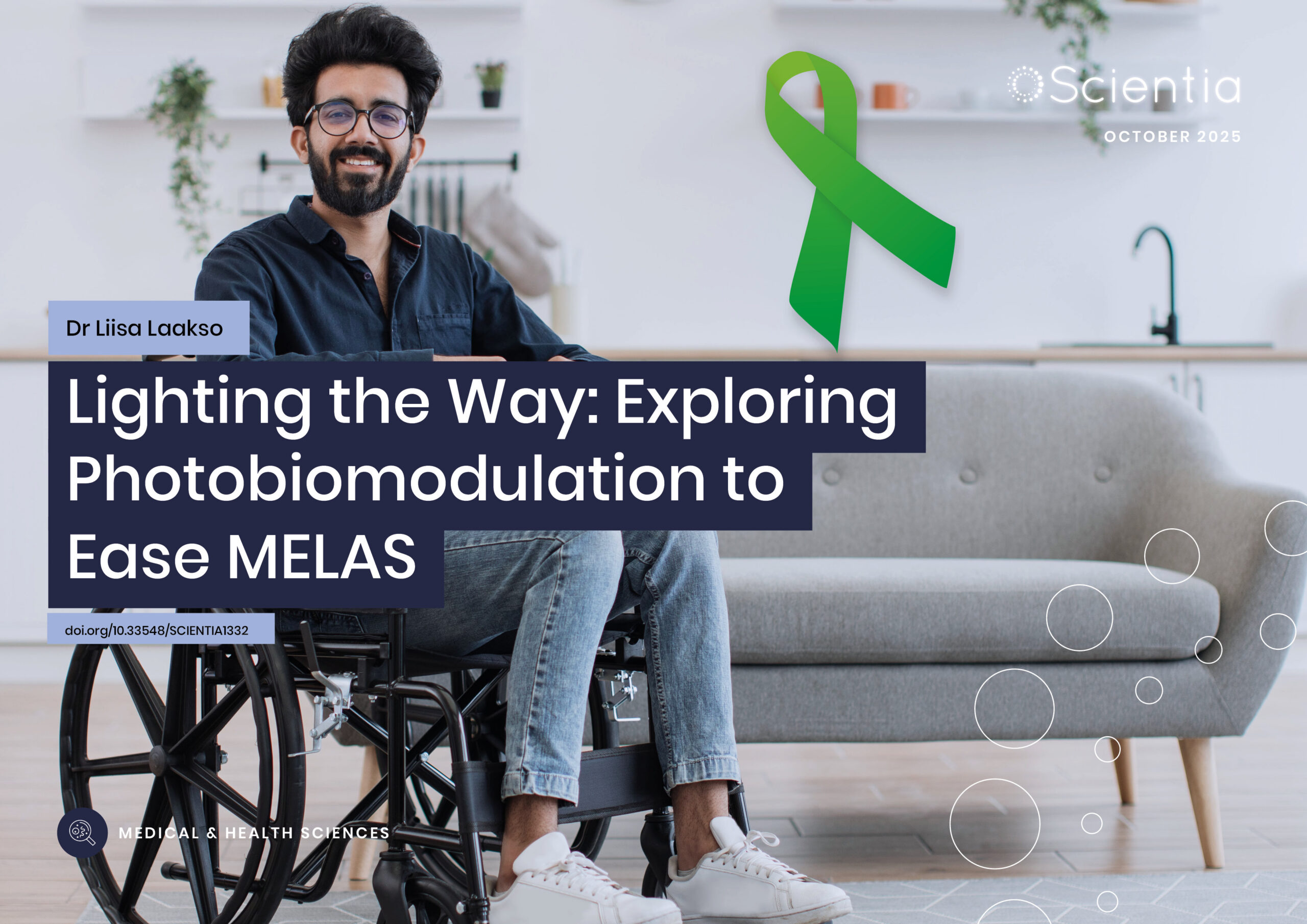
Dr Liisa Laakso | Lighting the Way: Exploring Photobiomodulation to Ease MELAS
Article written by Helen Rickard, PhD^ Fontana dell’impero, Brindisi. © Domenico Simone Tucci.MELAS is a rare and serious genetic condition that affects how the body’s cells produce energy, leading to extreme fatigue, muscle weakness, and a range of other...

Professor John Paul Pezacki, PhD, FRSC (UK) | Engineering Proteins for the Prevention of Disease Progression
Article written by Matthew Davies, PhD^ Fontana dell’impero, Brindisi. © Domenico Simone Tucci.The way in which viruses invade and replicate within their hosts involves a multilayered system of protein-based interactions, and understanding the mechanisms at play...
Earth & Environmental Sciences

Nick Martin | Data Assimilation: Overcoming AI’s Data Uncertainty Limitations for Water Resources
Water resources are essential for human life. Knowing how to manage water, both now and in the future, is necessary to continue using it as well as possible. Nick Martin and Jeremy White are examining limitations to artificial intelligence applications in water resources generated from noisy and estimated data sets. For poor quality data sets, they found that machine learning models will perform poorly relative to tools that explicitly include physics-based descriptions of physical processes; this is because physics-based calculations can use both data and physics knowledge through data assimilation techniques.

Nick Martin | The Future of Floods: Smarter Risk Tools for Sustainable Water Management in a Changing Climate
Article written by Janine Galliano, MSc^ Fontana dell’impero, Brindisi. © Domenico Simone Tucci.Sustainable decision-making requires balancing the costs borne by today’s society with those that will fall on future generations. Climate change is intensifying...
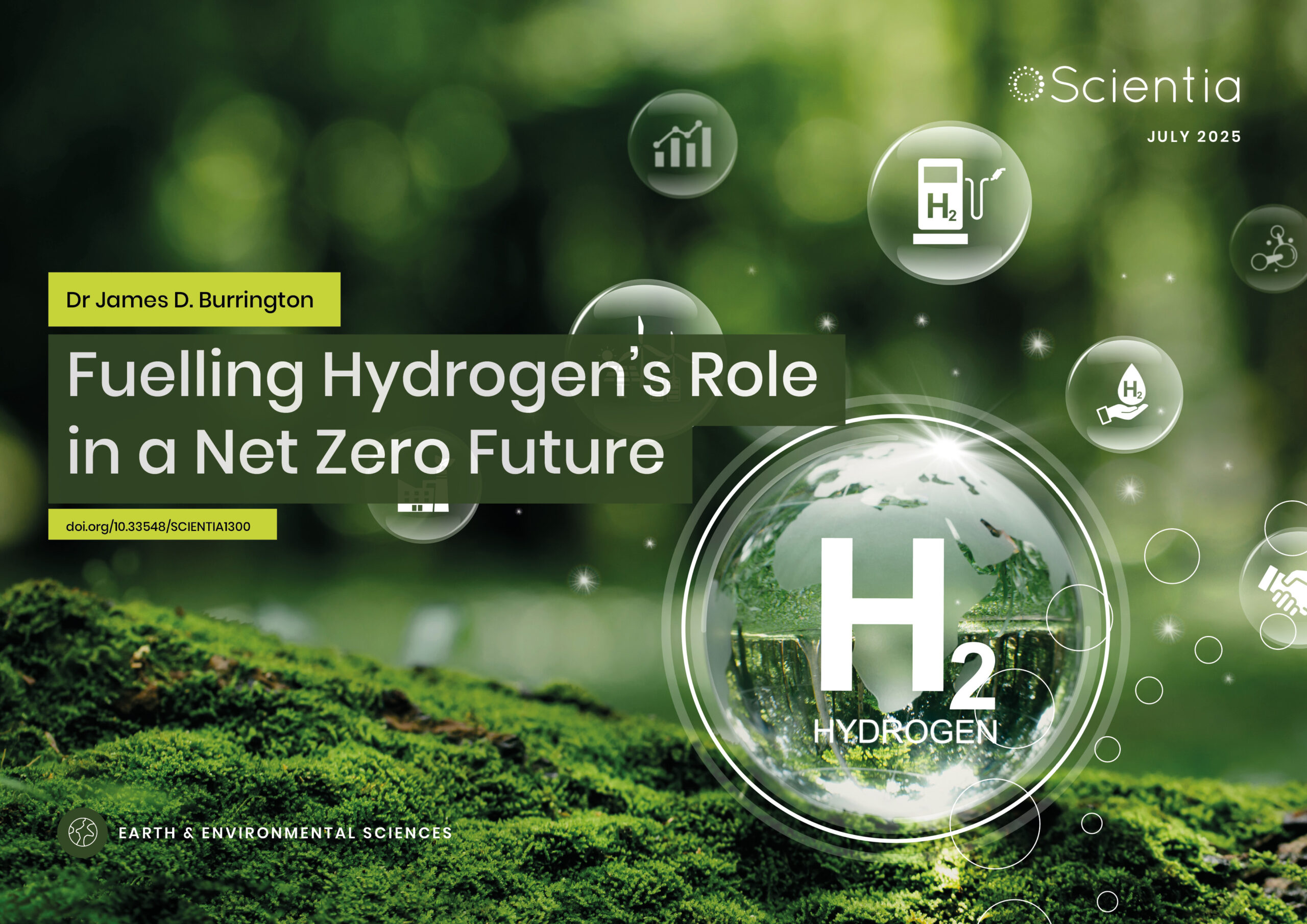
Dr James D. Burrington | Fuelling Hydrogen’s Role in a Net Zero Future
Article written by Laura Hemmingham, PhDHydrogen is often touted as the fuel of the future, but how much can it really contribute to global decarbonisation? Dr James D. Burrington, founder of NiceChemistry.com, has modelled how hydrogen technologies,...

Dr Shigetaka Hayano | The Rubber Revolution: Cracking the Code for Tire Recycling!
Article written by Joseph Earley, PhDTraditionally, rubber waste was nearly impossible to recycle due to crosslinked sulphur bonds. But a team of researchers led by Dr Shigetaka Hayano from Zeon Corporation, in Japan, have achieved a groundbreaking feat in...
Physical Sciences & Mathematics Latest
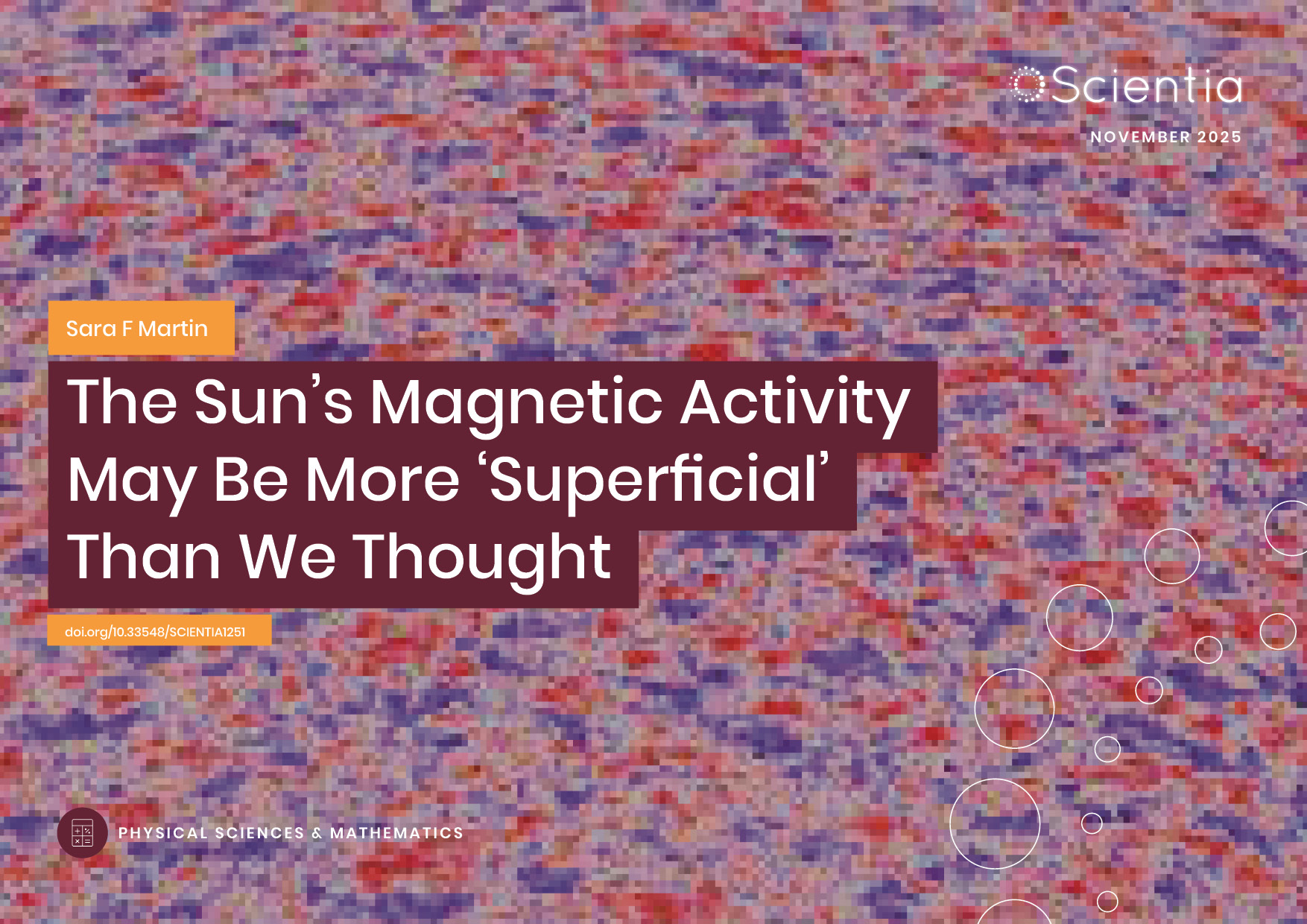
Sara F Martin | The Sun’s Magnetic Activity May Be More ‘Superficial’ Than We Thought
Scientists have long debated where solar cycle magnetic fields come from—deep within its interior or closer to its surface. Compelling new evidence suggests these fields may originate much closer to the Sun’s visible surface than previously thought, with important implications for understanding our star’s complex magnetic behaviour. The Sun’s activity also holds important implications for exoplanets currently being discovered around many solar-like stars.
Engineering & Computer Science Latest

Dr Kenric Nelson | Modelling the Extreme: A New Technique for Training Risk-Aware Artificial Intelligence
Category 5 hurricanes, financial crashes, and global pandemics are just a few examples of rare events whose high risks necessitate understanding and mitigation. Developments in artificial intelligence (AI) could go a long way towards improving our ability to model and mitigate the impacts of such extreme events, but current training methods are often unable to deal effectively with outliers in data – which is exactly what extreme events are. If outliers are present in training data, they skew the AI’s expectations, but if they’re omitted entirely, models will wrongly assume they never occur. To address this shortcoming, the Photrek team, led by Dr Kenric Nelson, has developed a new training technique to design more robust AI systems that can cope with rare, extreme events.
Arts, Humanities & Social Sciences Latest

Police Body Worn Cameras in Rio’s Favelas: Can Technology Reduce Violence?
In 2016, a team of three researchers based at Stanford University —Beatriz Magaloni, Vanessa Melo, and Gustavo Robles— conducted a groundbreaking experiment in Rocinha, Rio de Janeiro’s largest favela (informal settlement), to test whether body-worn cameras (BWC) could reduce police violence and improve community relations.
The findings reveal that body cameras hold great promise, but they also come with serious challenges. Before the experiment started, one police unit commander ominously told the researchers: “If you give body cameras to my officers, this will stop them from doing their job.”
Life Sciences & Biology Latest
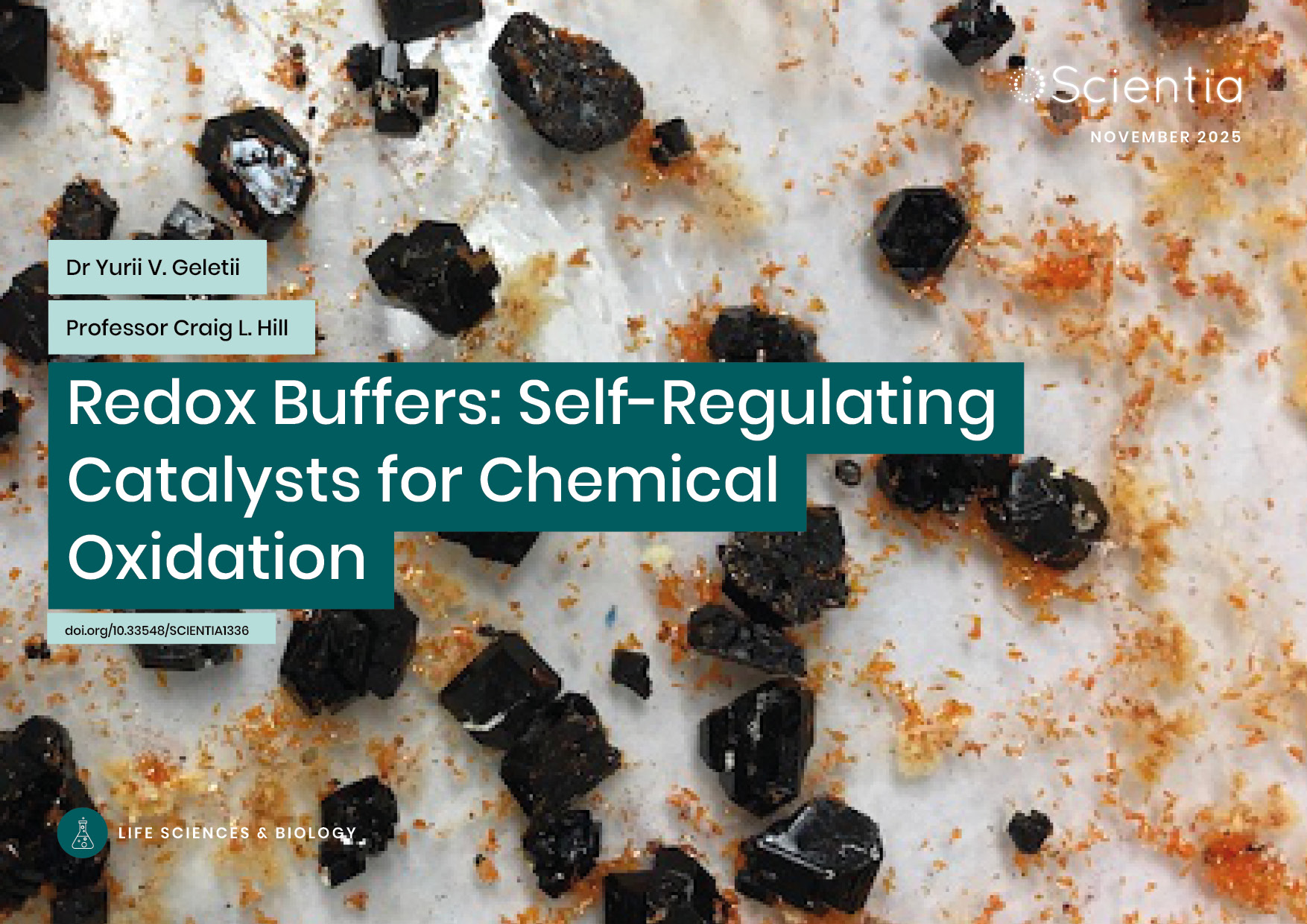
Dr Yurii V. Geletii – Professor Craig L. Hill | Redox Buffers: Self-Regulating Catalysts for Chemical Oxidation
Chemical reactions often demand precise control over their operating conditions to proceed efficiently. While chemists routinely use pH buffers to stabilise acidity levels, far less attention has been directed towards stabilising the electrochemical potential of solutions during oxidation–reduction reactions.
At Emory University, Dr Xinlin Lu, Dr Yurii Geletii, and Prof Craig Hill have pioneered a catalytic system that not only drives chemical reactions, but also acts as its own redox buffer. By automatically maintaining conditions optimal for electron transfers while converting malodorous thiols into odourless compounds, this innovation points to a new generation of catalysts that adjust themselves, delivering both efficiency and environmental benefits.
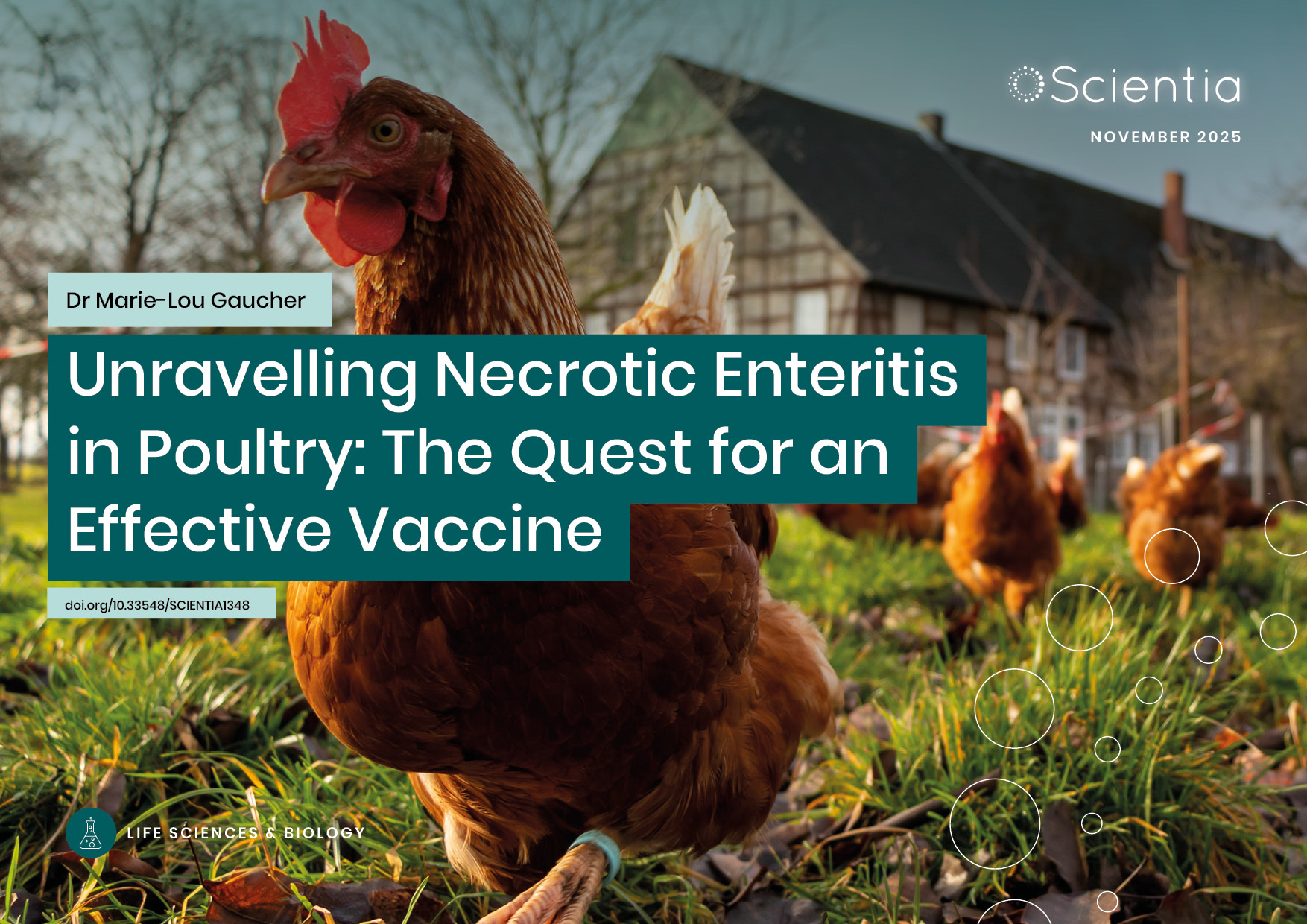
Dr Marie-Lou Gaucher | Unravelling Necrotic Enteritis in Poultry: The Quest for an Effective Vaccine
Article written by Lekha Mathew, PhD ^ Fontana dell’impero, Brindisi. © Domenico Simone Tucci.Avian necrotic enteritis (NE) is one of the most significant intestinal diseases affecting poultry worldwide, particularly broiler chickens. It causes major economic...
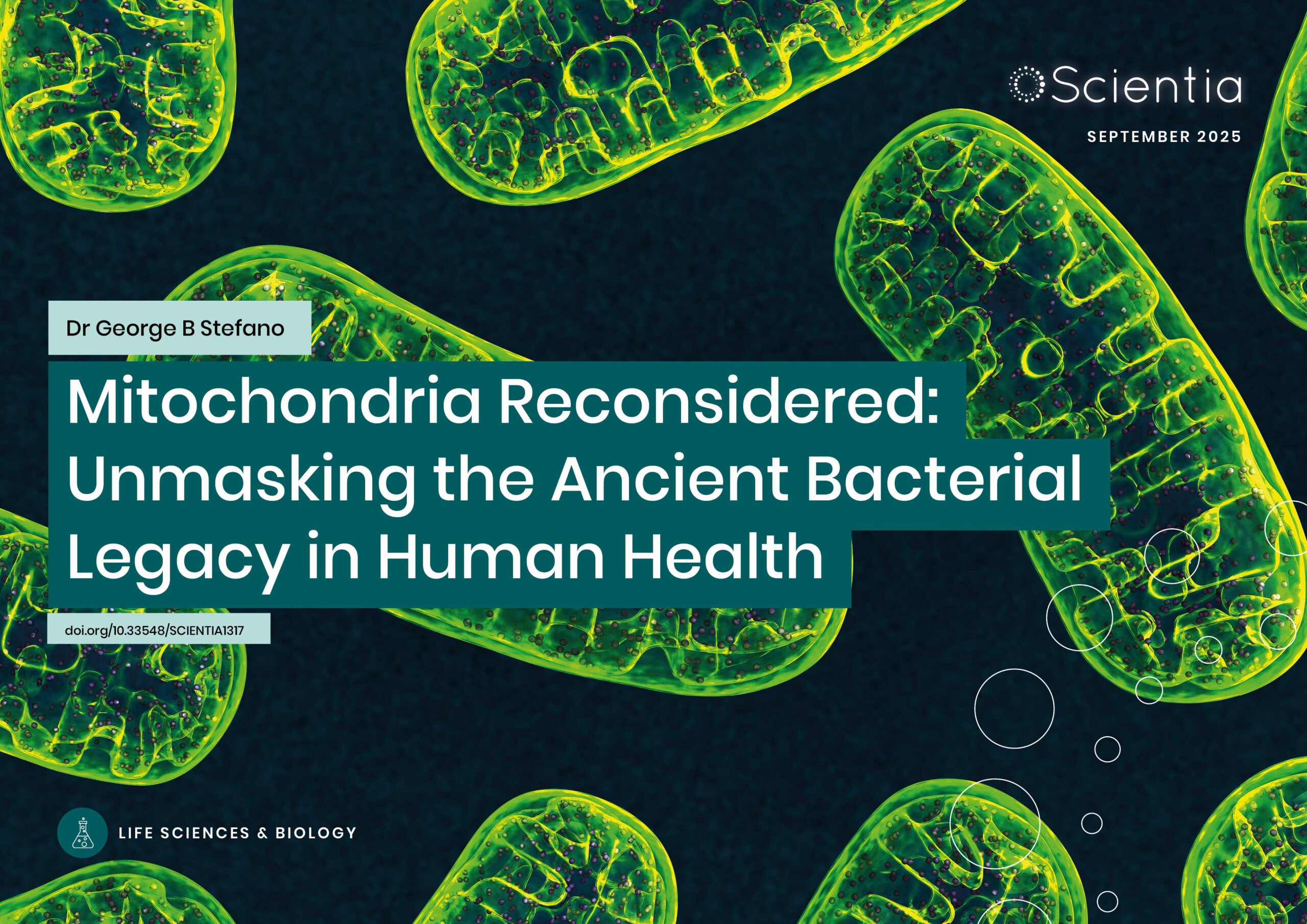
Dr George B Stefano | Mitochondria Reconsidered: Unmasking the Ancient Bacterial Legacy in Human Health
Article written by Chris Barton, BSc (Hons), MSc ^ Fontana dell’impero, Brindisi. © Domenico Simone Tucci.Although often described simply as the cell’s powerhouse, mitochondria began life as bacteria and still carry many bacterial traits. Dr George Stefano,...

Dr Matthew T. Cottrell | Yeast Cell Counts and Viability in Brewing: Finding a Method You Can Count On
Article written by Joseph Earley, PhD ^ Fontana dell’impero, Brindisi. © Domenico Simone Tucci.Brewers worldwide rely on accurate yeast cell counts and viability determinations to achieve consistent, high-quality, tasty fermentations. To ensure the perfect pint...
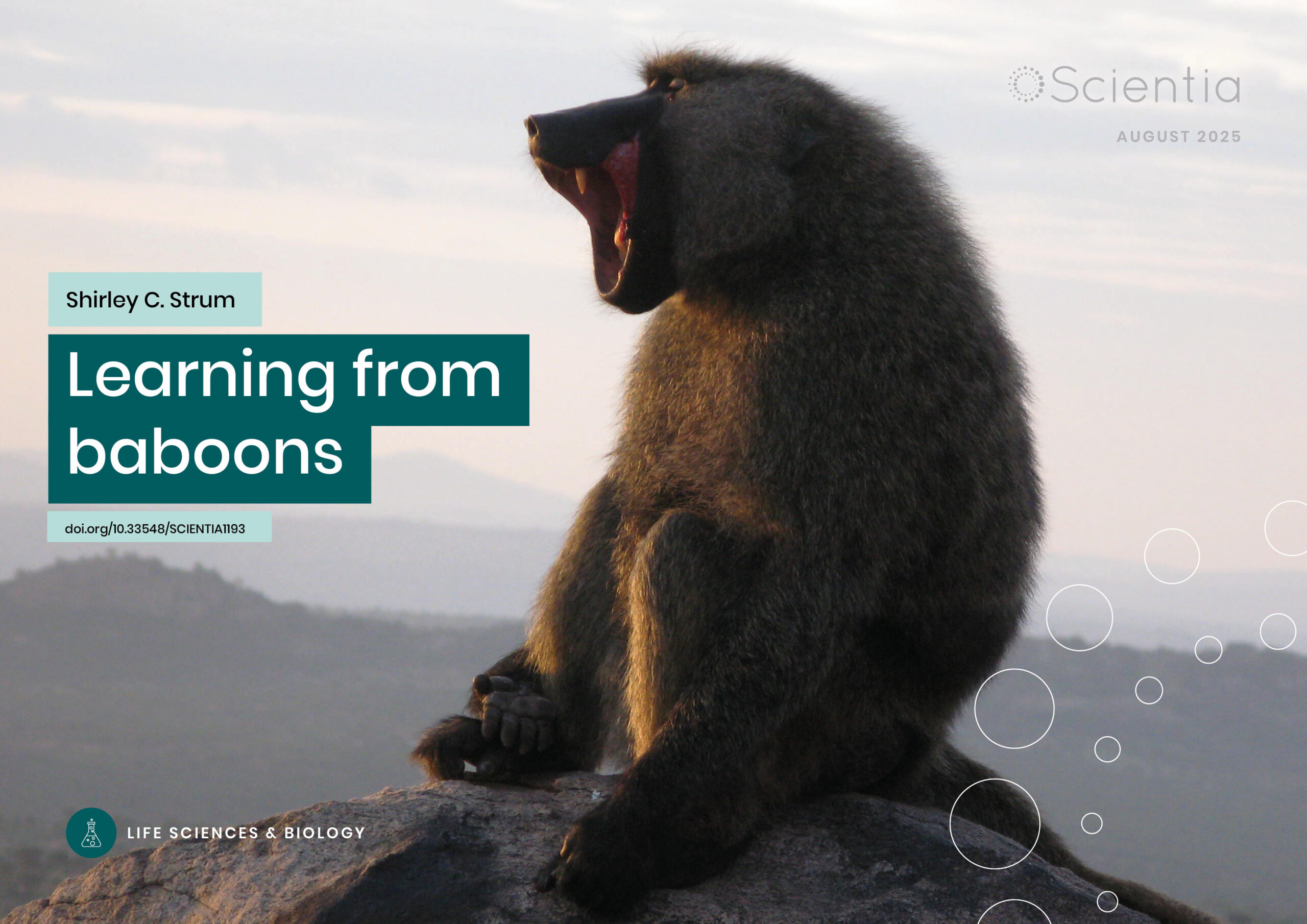
Shirley C. Strum | Learning from baboons
Article written by Sophie Langdon, PhDShirley C. Strum has spent over 50 years studying wild baboons in Kenya. During that time, she has pioneered new ideas about baboons, about society, about nature, about science and about evolution. As she recounts in her new...
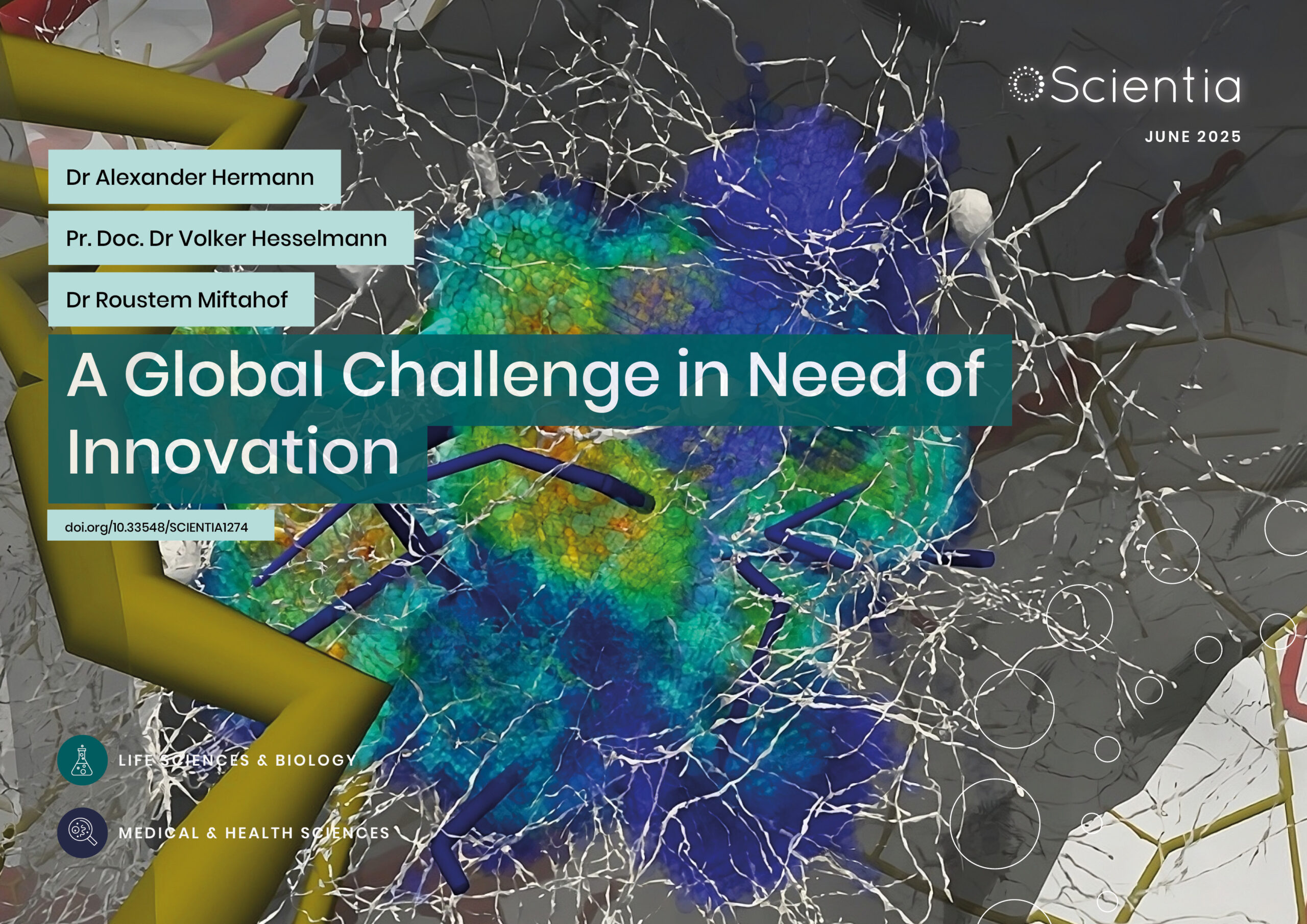
Stroke: A Global Challenge in Need of Innovation
Article written by Joseph Earley, PhDStroke is the third leading cause of both death and disability worldwide, but unfortunately, current diagnostic tools are unsatisfactory. Dr Roustem Miftahof and Dr Alexander Hermann at Advanced Biosimulation Technologies...
Education & Training Latest

Professor Richard Ludueña | Two Turkish Cities Were Essential in the Development of Science and Religion – a Work in Progress
This book explores the history of the area in Turkey where these two cities lie. Prof Richard Ludueña and his daughter visited Harran and Sanliurfa (formerly Edessa) in 2014. He found them fascinating and wanted to learn more about their histories, but found no book that focused on their history from the beginning to modern times. So, he decided to write one.
Harran still bears its ancient name, but Edessa has had a great variety of names and is now called Sanliurfa. Our story goes back long before the cities were founded, back to the late Neolithic site of Göbekli Tepe, where monuments have carvings consistent with a destructive comet.

Professor Loren Babcock | The Race to Save Fossils From the Hands of Time
Article written by Laura Hemmingham, PhD^ Fontana dell’impero, Brindisi. © Domenico Simone Tucci.Ohio Wesleyan University’s geological collection, which was amassed in Delaware, Ohio, USA, is among the oldest in America, but decades after those who assembled the...
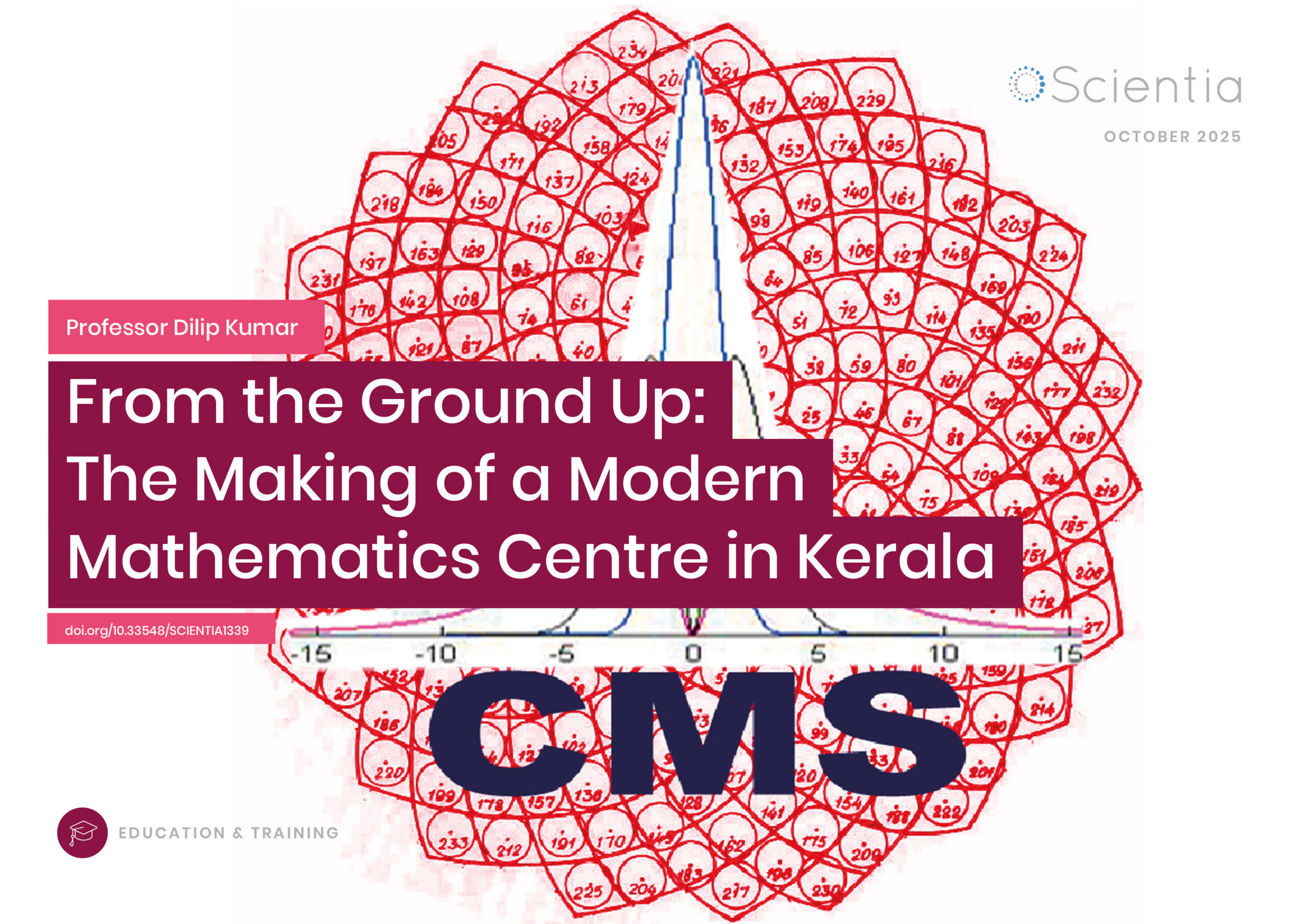
Professor Dilip Kumar | From the Ground Up: The Making of a Modern Mathematics Centre in Kerala
Article written by Matthew Davies, PhD^ Fontana dell’impero, Brindisi. © Domenico Simone Tucci. In 1977, Professor Aleyamma George, head of statistics at Kerala University, dreamed of establishing a new centre for mathematical sciences in Kerala’s coastal...
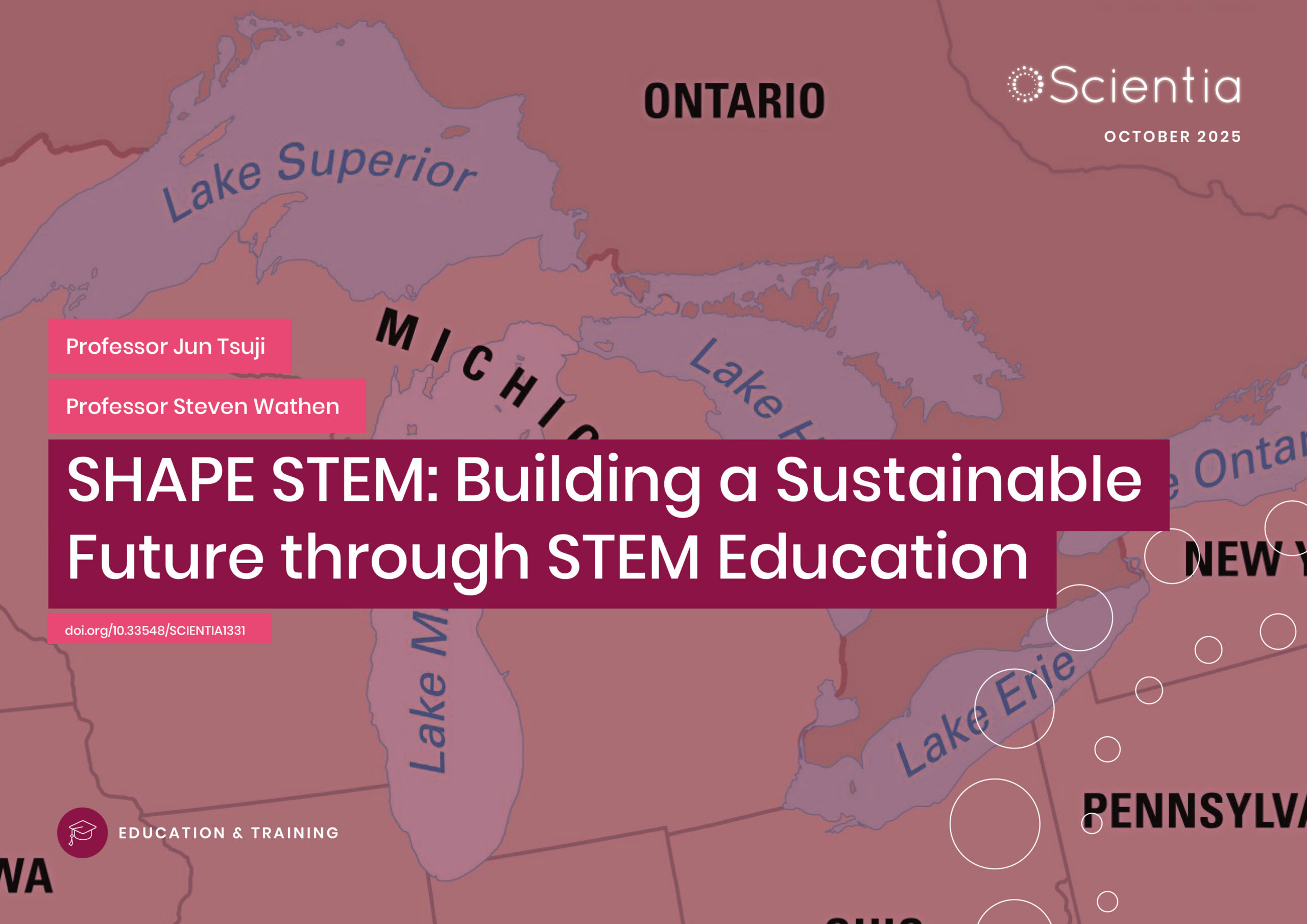
Professor Jun Tsuji – Professor Steven Wathen | SHAPE STEM: Building a Sustainable Future through STEM Education
Article written by Matthew Davies, PhD^ Fontana dell’impero, Brindisi. © Domenico Simone Tucci.The SHAPE STEM program at Siena Heights University is transforming how students engage with science, tackling urgent environmental challenges in Michigan while...

Professor Hans Haubold – Professor Arak Mathai | A Summer House and the Sun: 50 Years of Space Science with the UN
Article written by Matthew Davies, PhD ^ Fontana dell’impero, Brindisi. © Domenico Simone Tucci.From a summer house just outside of Berlin, to the establishment of educational centres across the world —Professors Hans Haubold and Arak Mathai have overseen the...
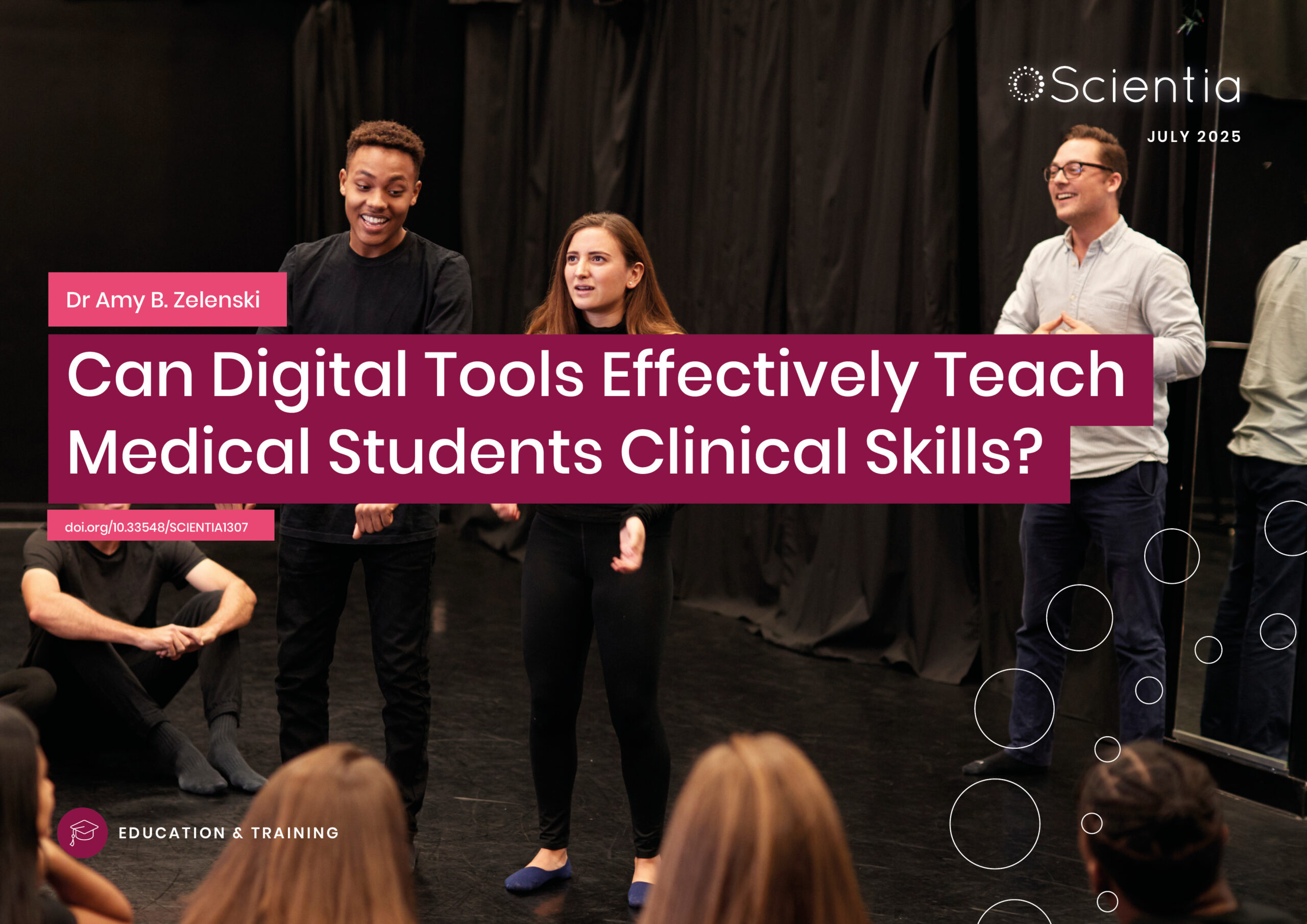
Dr Amy B. Zelenski | Can Digital Tools Effectively Teach Medical Students Clinical Skills?
Article written by Sophie Langdon, PhDMedical students often experience a decline in empathy as they progress through their training, an issue with real consequences for patient care. A new study from the University of Wisconsin explores an unexpected remedy:...
Psychology & Neuroscience Latest
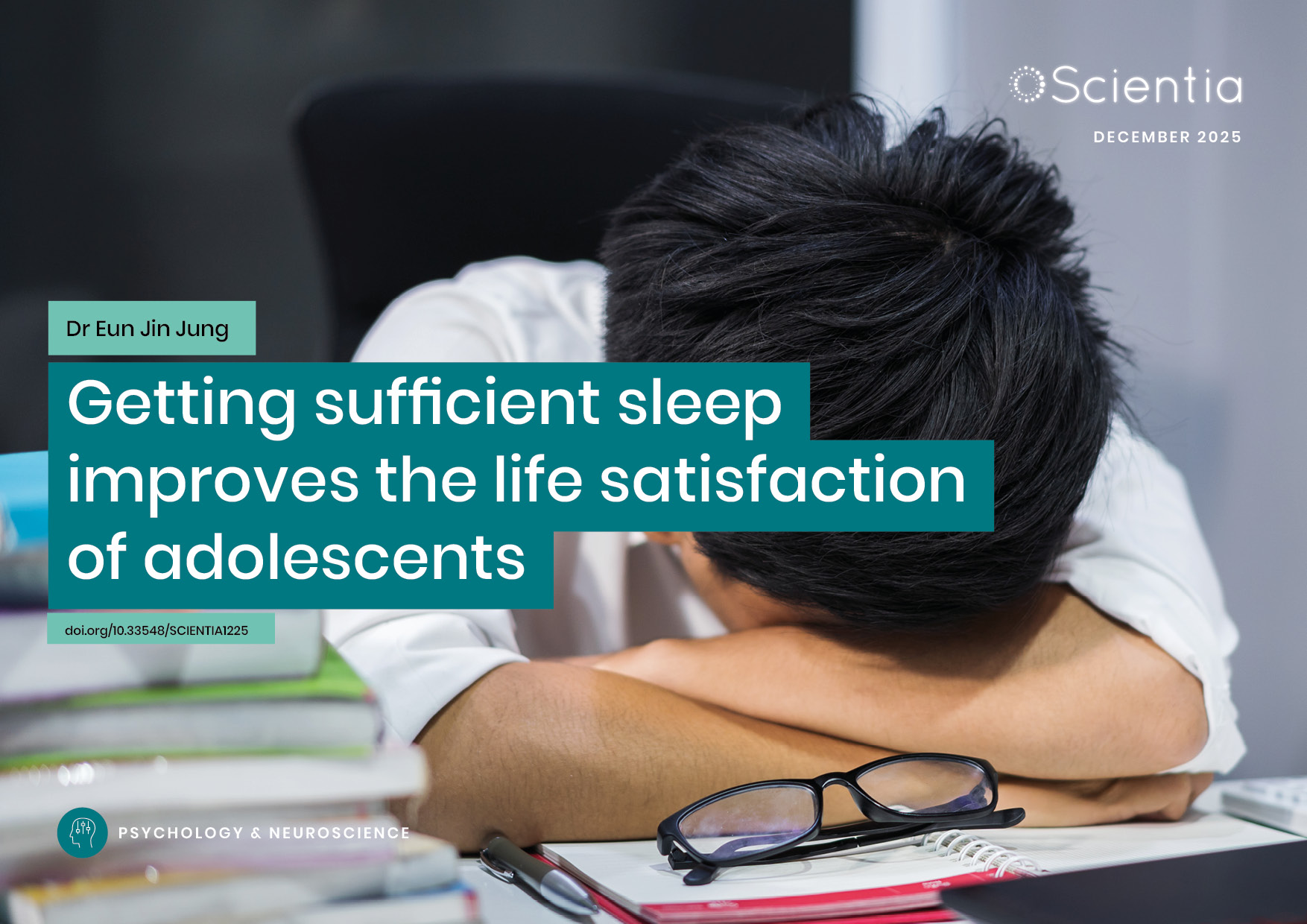
Dr Eun Jin Jung | Getting sufficient sleep improves the life satisfaction of adolescents
Insufficient sleep can cause much more than tiredness and grouchiness in adolescents. As well as being important for their health, adolescents also need to get enough sleep to feel satisfied with their lives, according to a study by Dr Eun Jin Jung, from the Centre for Regional and Industrial HRD Research, Korea Research Institute for Vocational Education and Training, Sejong, Republic of Korea.

Dr Suzanne Coyle | Weaving Spirituality into Psychotherapy: How Stories Help Healing
Article written by Victoria Joy ^ Fontana dell’impero, Brindisi. © Domenico Simone Tucci.As the practice of psychotherapy increasingly embraces the spiritual dimensions of the human experience, therapists are investigating new ways to weave faith and meaning...
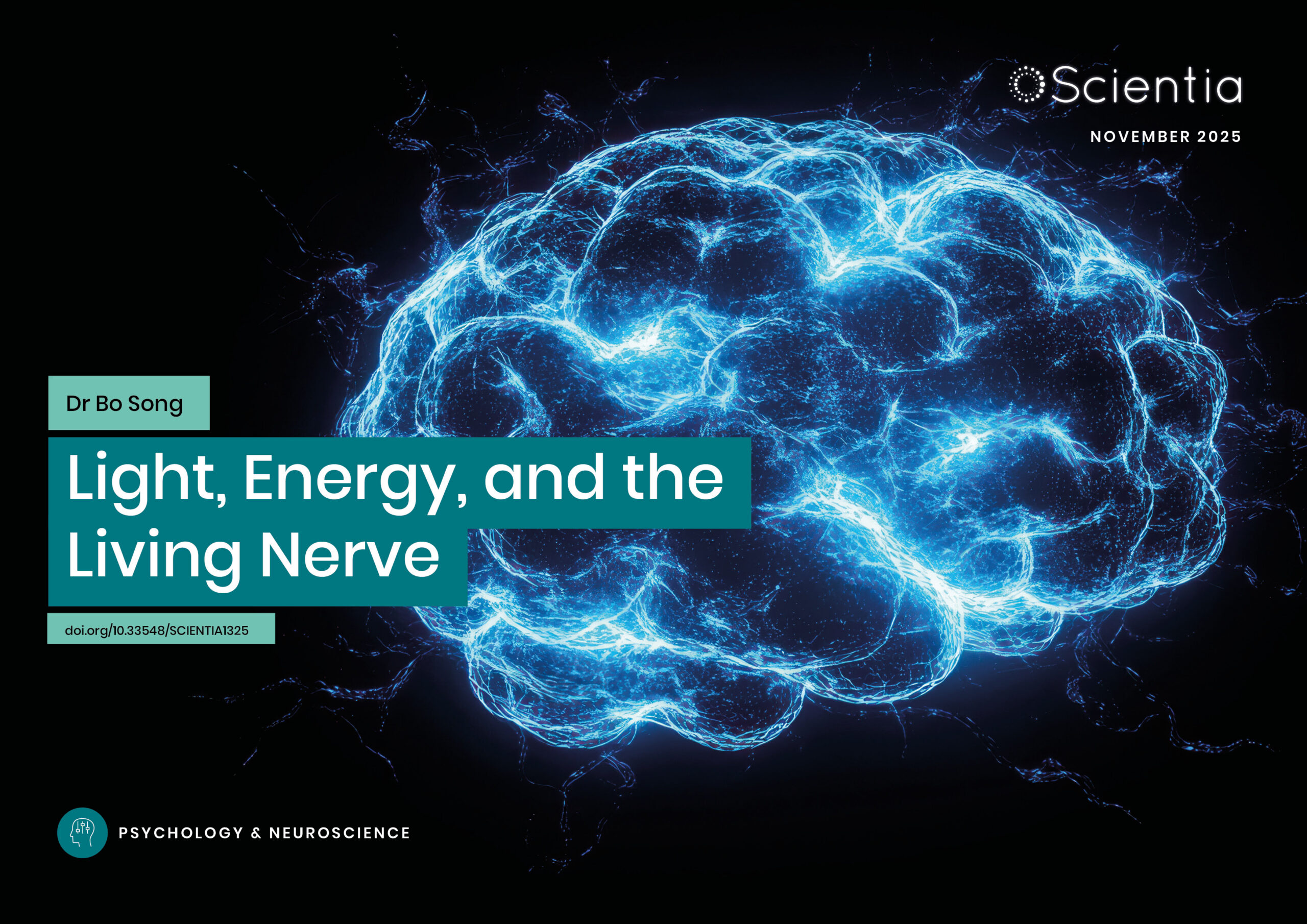
Dr Bo Song | Light, Energy, and the Living Nerve
Article written by Chris Barton, BSc (Hons), MBChB (Hons), MSc^ Fontana dell’impero, Brindisi. © Domenico Simone Tucci.At University of Shanghai for Science and Technology, recent work by Professor Bo Song and colleagues suggests that light may play an...
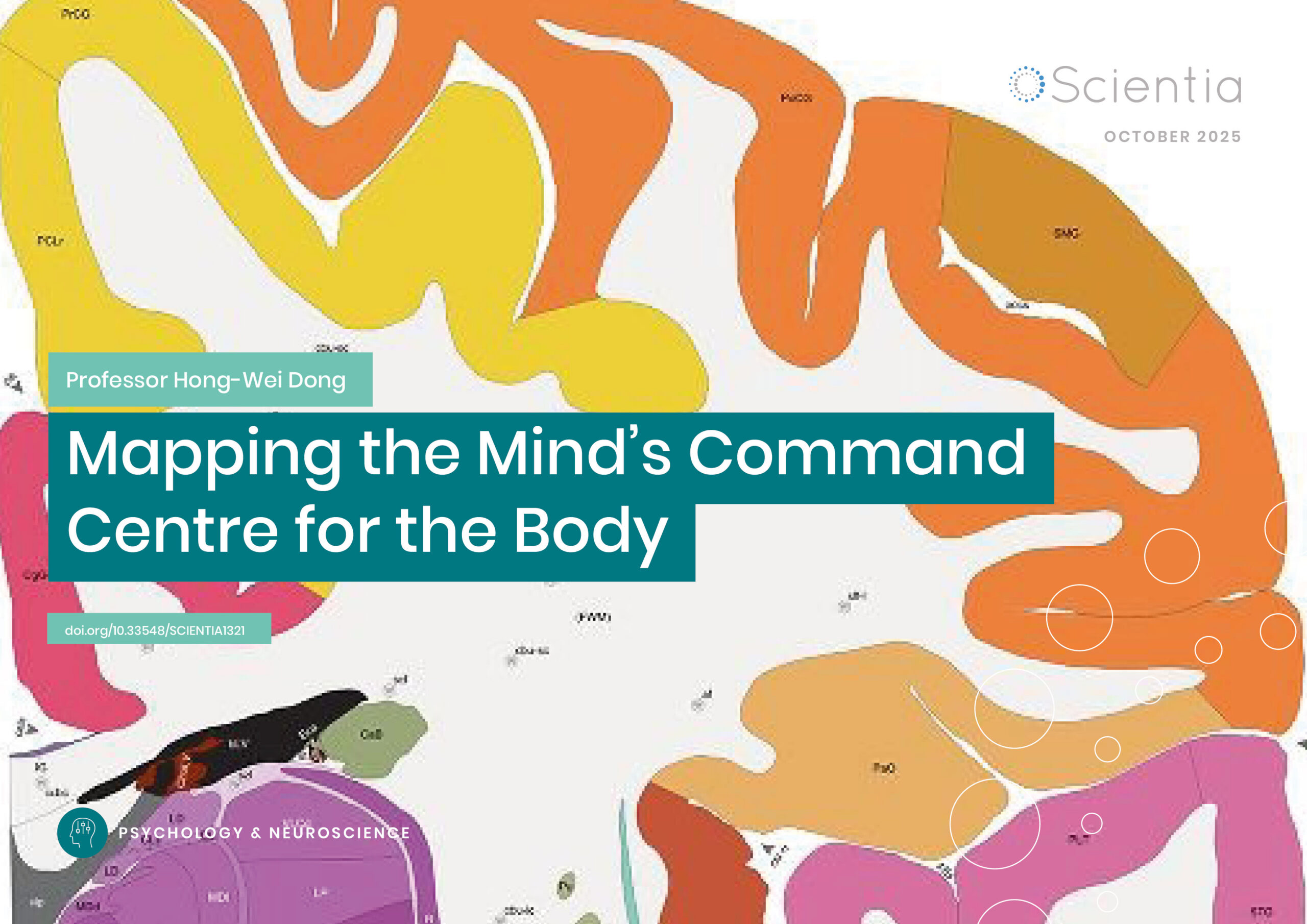
Professor Hong-Wei Dong | Mapping the Mind’s Command Centre for the Body
Article written by Christopher Gwenin, PhD^ Fontana dell’impero, Brindisi. © Domenico Simone Tucci.The brain’s ability to manage stress and guide behaviour, including making decisions or interacting with others, relies in part on an area called the medial...

Dr Philip Kennedy | The Quest for Lifetime Neural Interfaces: A Review of Electrode Technologies
Article written by Matthew Davies, PhD ^ Fontana dell’impero, Brindisi. © Domenico Simone Tucci.The holy grail of brain-computer interfaces is an electrode that lasts a lifetime. Dr Philip Kennedy of Neural Speech Inc. has examined the landscape of neural...

Professor Arthur Nielsen | Overcoming Relationship Challenges: An Expert’s Guide to Couple Therapy
Article written by Victoria Joy ^ Fontana dell’impero, Brindisi. © Domenico Simone Tucci.Navigating relationships can be challenging. From money issues, raising children, job pressures, and extramarital affairs, there are an array of issues couples present to...
Business, Economics & Finance Latest

Professor David Gerbing | A Quick and Easy New Way to Visualise Data
Do you find data analysis dense and impenetrable, like a quantitative jungle? You’re not alone. Many of the most useful statistical tools have steep-learning curves and often demand both sophisticated mathematical ability and advanced programming skills. But, in a world where data is constantly generated and recorded, it’s essential that data analysis tools are as accessible as possible. And there’s no reason they can’t be; with such powerful digital tools at our disposal, data visualisation can be made as straightforward as the click of a button.
That’s the goal behind Professor David Gerbing’s latest project – lessR. lessR is a free, open-source package for one of the most popular analysis programming languages, R, designed to make data visualisation as simple as possible. See Professor Gerbing’s written and video introduction to using the R language for data analysis at the website he provides for his students.
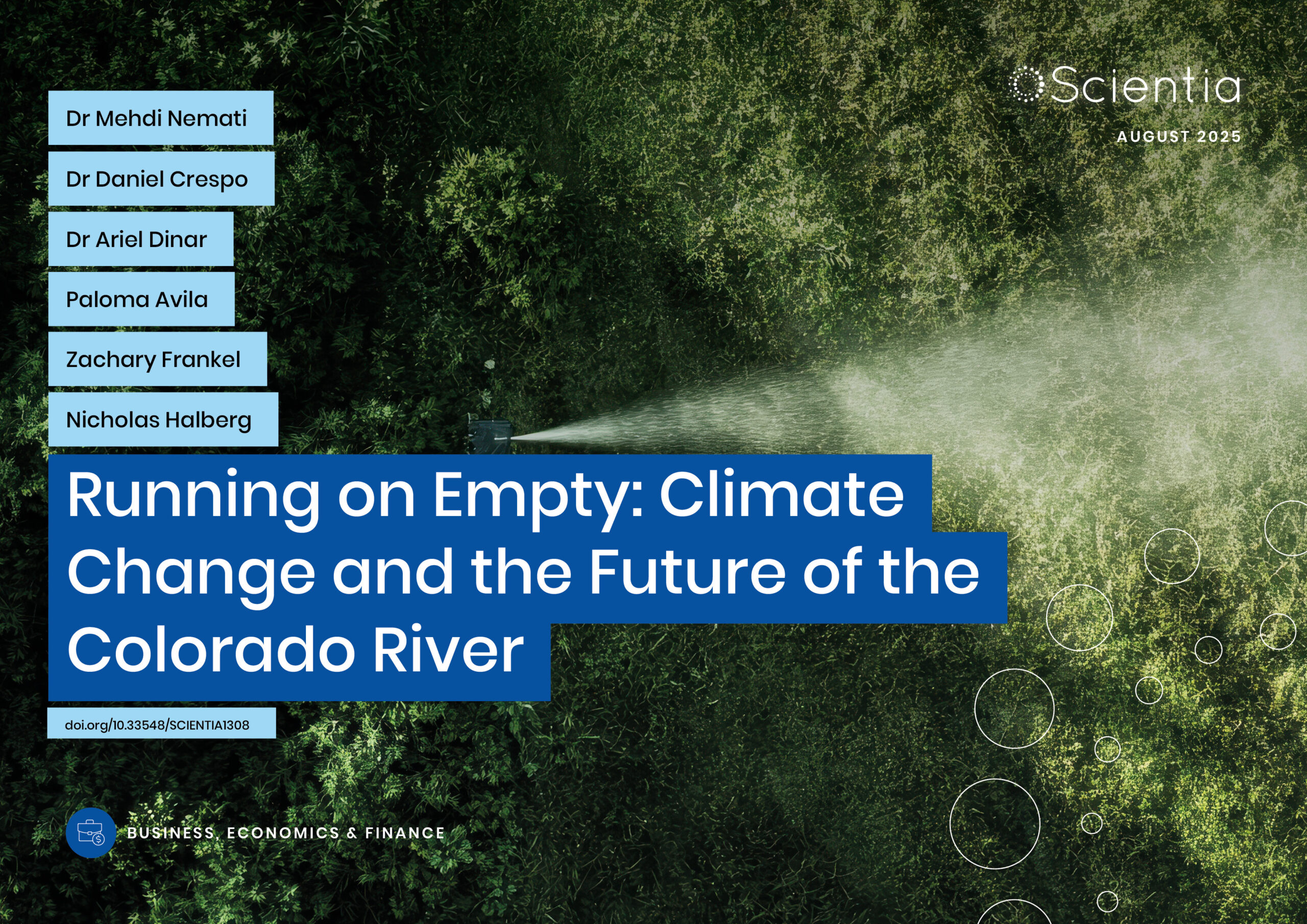
Running on Empty: Climate Change and the Future of the Colorado River Basin
Article written by Helen Rickard, PhDAmid growing pressures from climate change and population growth, water availability in the Colorado River Basin is declining while demand continues to rise. At the Water Dialogue Lab at the University of California,...

Professor Yves R. Sagaert | Demand Planning Excellence: The Case for Incorporating Macroeconomic Leading Indicators
Article written by Joseph Earley, PhDToday’s demand planning landscape is increasingly defined by radical uncertainty. Professor Yves R. Sagaert from the research group Predictive AI and Digital Shift at VIVES University of Applied Sciences is one of many...
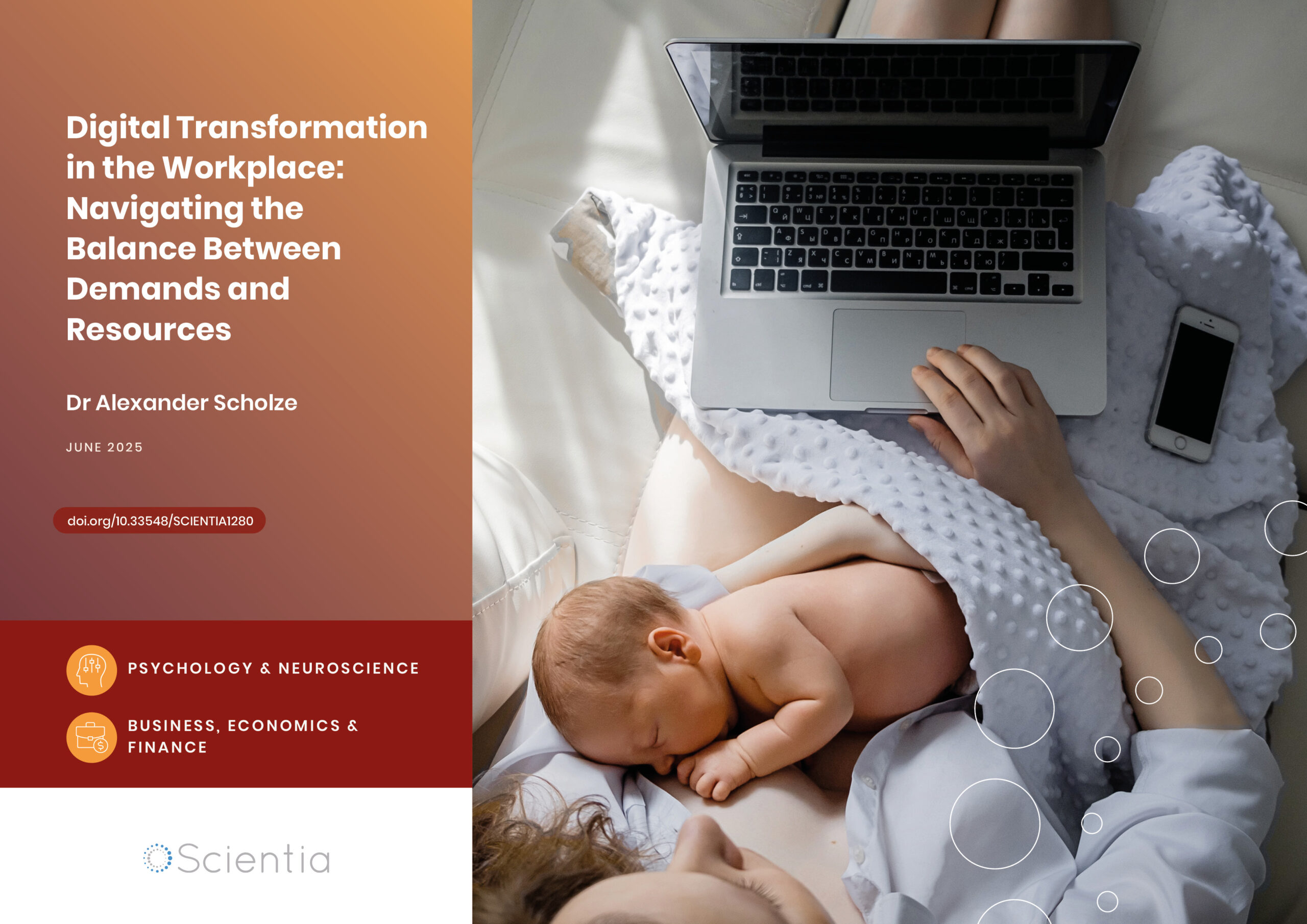
Dr Alexander Scholze | Digital Transformation in the Workplace: Navigating the Balance Between Demands and Resources
Article written by Imogen Forbes, MSciWhat if your digital tools, designed to help you, became the very reason for your burnout? In today’s rapidly evolving digital landscape, organisations face the challenge of implementing technological changes while...

Professor Jean-Philippe Bouchaud | The Inelastic Market Hypothesis: Explaining the Origins of Financial Fluctuations
By Mr Jack LatusWhat drives movements in asset prices? Are markets efficient, with prices reflecting underlying fundamentals, or do uninformed trades impact prices long-term? Professor Jean-Philippe Bouchaud from Capital Fund Management and Académie des Sciences...
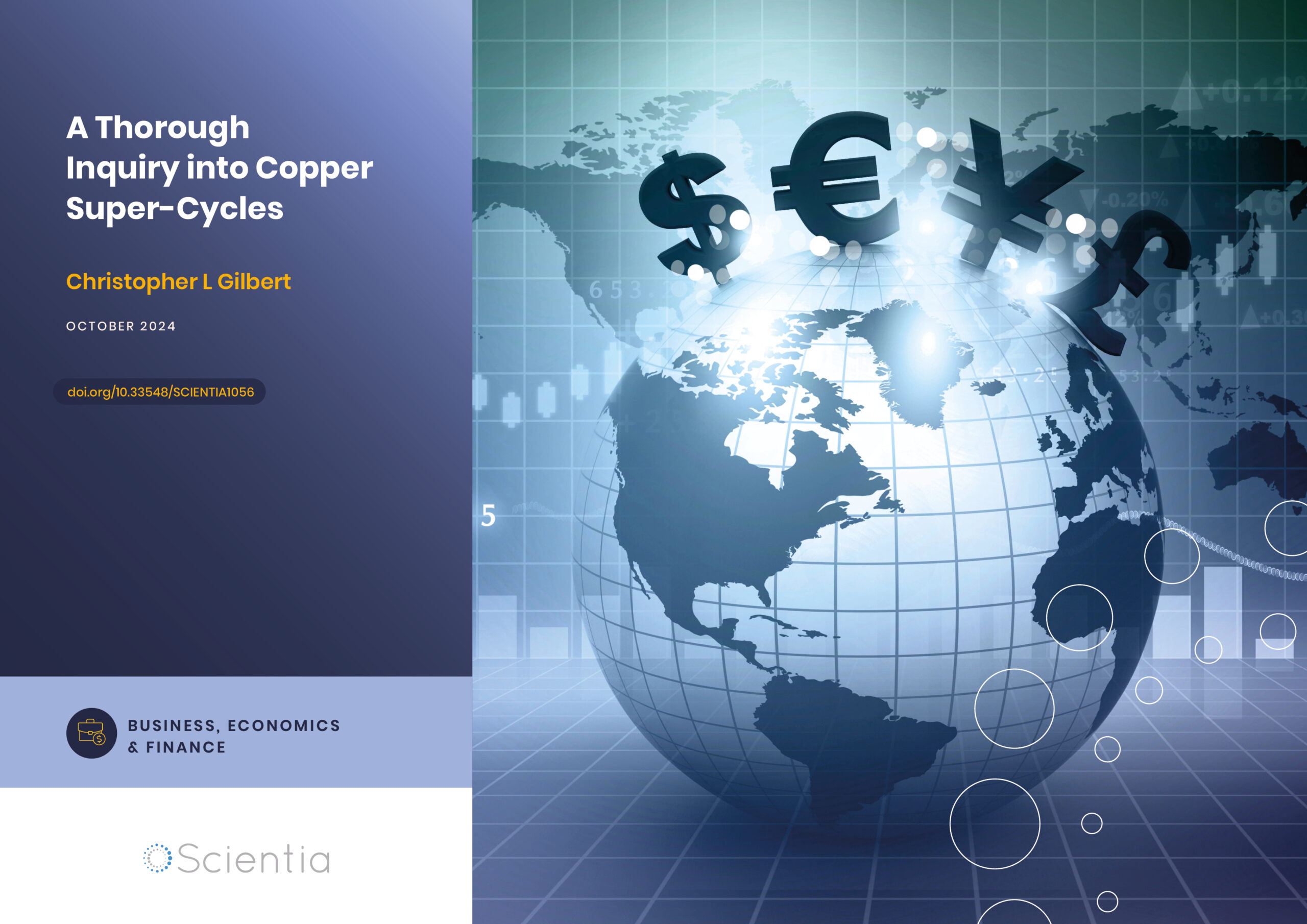
Christopher Gilbert | A Thorough Inquiry into Copper Super-Cycles
Understanding super-cycles is crucial for stakeholders such as investors, policymakers, and industry leaders as it offers insights into long-term trends and dynamics in commodity prices. Christopher Gilbert plays a pivotal role in providing stakeholders with the...

Scientia Issue #155 | Our future relies on teaching of the past
This is the second issue of Scientia in its newest life. Our new Editor-in-Chief is Maria Machado, a physiologist turned consultant. You may not have noticed, but you met Maria when reading about gender in our previous issue. Previously, Maria has worked with Bio-Protocol, Editage, and Enago to suggest revisions before ‘Reviewer 2’ demands them. Because of this background, and due to her role as co-Chair of Peer Review Week, she has made some changes to how we present ourselves and work with researchers — we will present the research as a value to society at large, and talk about researchers’ motivations.

Scientia Issue #154 | The gender dimension in scientific research
Since 2015, we’ve partnered with over 2,500 research teams in more than 80 countries to make their work more accessible and visible — both within academia and beyond. Because we live in a world of information overload, the Scientia...

Scientia Issue #153 | Exploring Our World, Our Past, and Our Future
Scientia Issue #153 | Exploring Our World, Our Past, and Our Future The latest issue of Scientia showcases recent advances in research and technology across diverse fields. These riveting articles provide fascinating insights into...
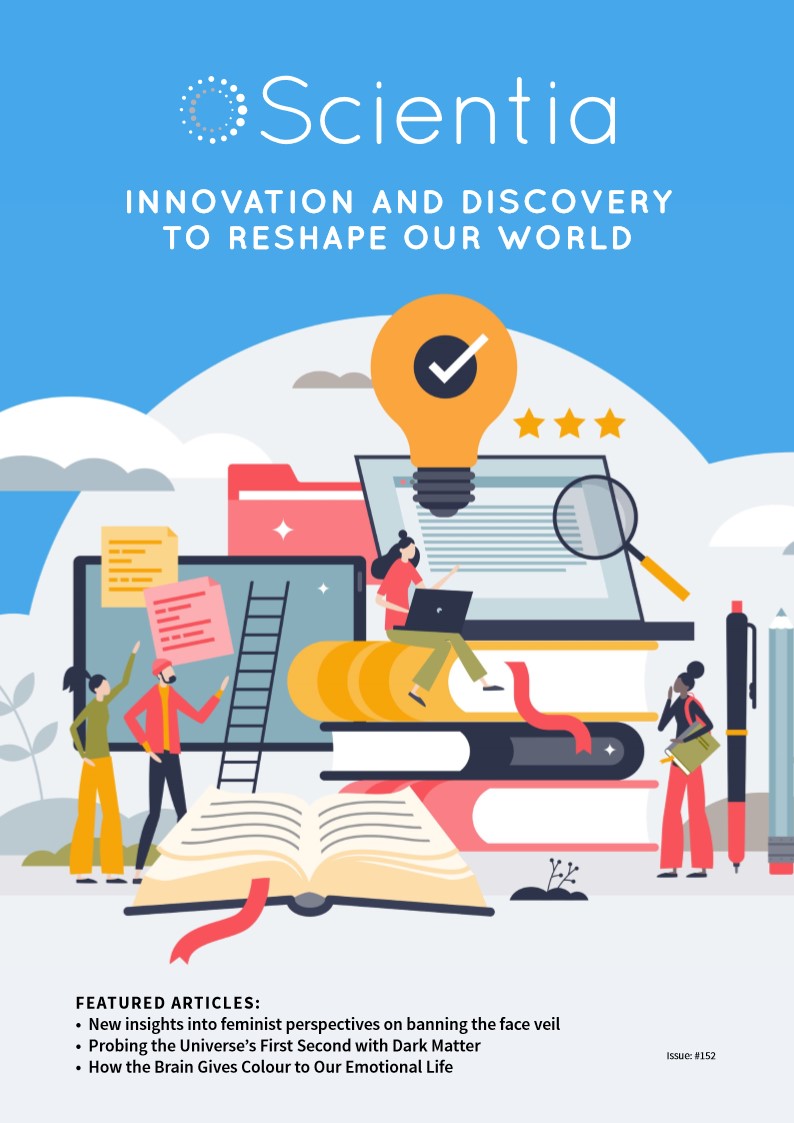
Scientia Issue #152 | Innovation and Discovery to Reshape Our World
Innovation and Discovery to Reshape Our World In this latest issue of Scientia, we showcase the work of distinguished researchers from diverse fields, delving into pressing social issues, groundbreaking scientific discoveries, and...
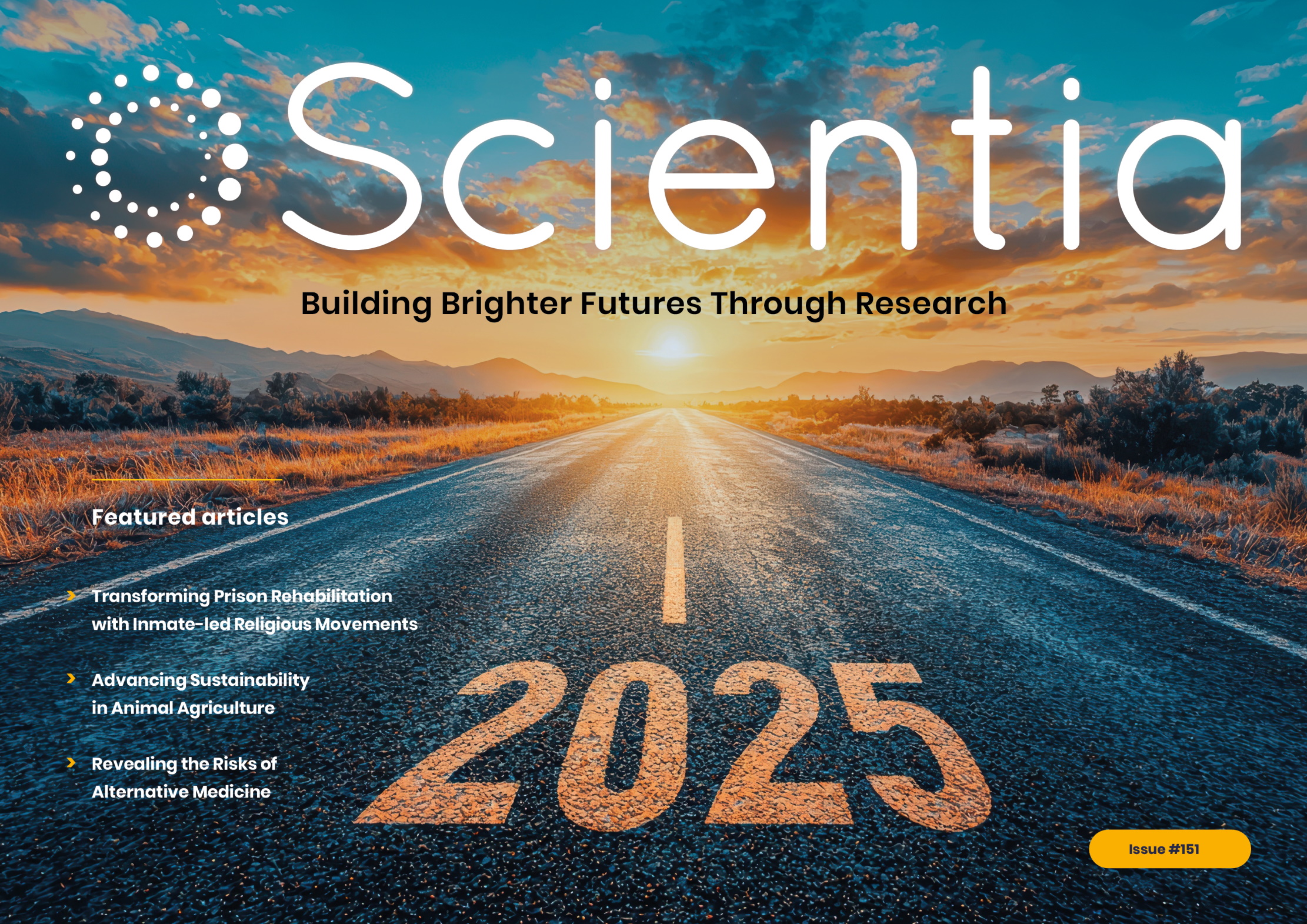
Scientia Issue #151 | Building Brighter Futures Through Research
Building Brighter Futures Through Research In this first issue of 2025, Scientia showcases the exciting work of researchers who, in vastly different ways, share the common goal of helping build a brighter future for us and for our...
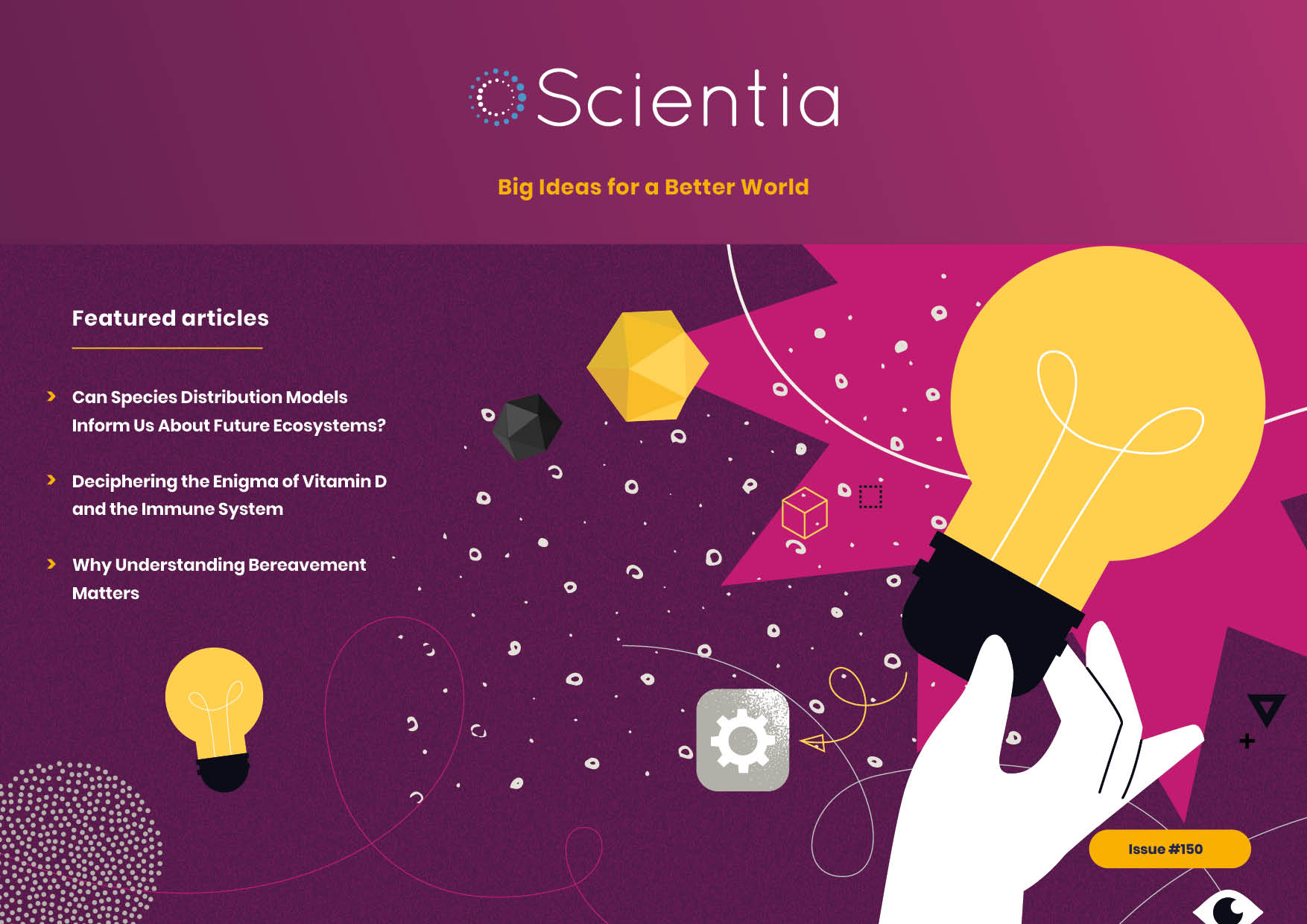
Scientia Issue #150 | Big Ideas for a Better World
Big Ideas for a Better World This riveting issue of Scientia showcases some of the biggest new ideas across science, research, and technology. While we face many challenges, from climate change to cancer, epidemics to economic...
OPEN IMPACT POLICY
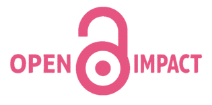
Open Impact ensures research is not only free to access, but also transformed into engaging formats that inspire understanding and action.
CREATIVE COMMONS
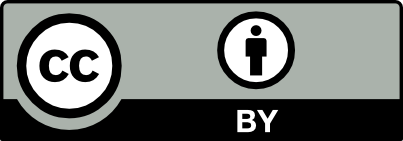
We publish under the Creative Commons Attribution-NonCommercial 4.0 (CC BY-NC 4.0)
DECLARATION ON RESEARCH ASSESSMENT (DORA)
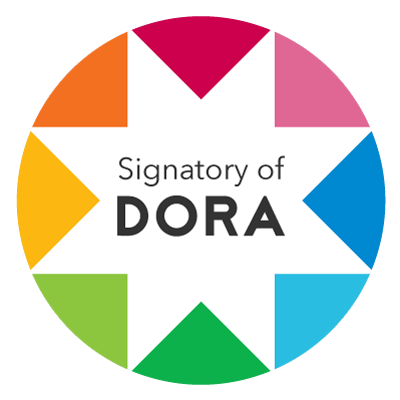
We support and encourage the DORA initiative
DOI
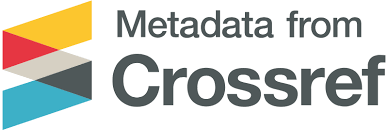
Scientia is officially registered with CrossRef making our research content easy to find, cite, link, and assess.
NO AI

All research articles published by Scientia are crafted by a talented team of humans, without any AI input
